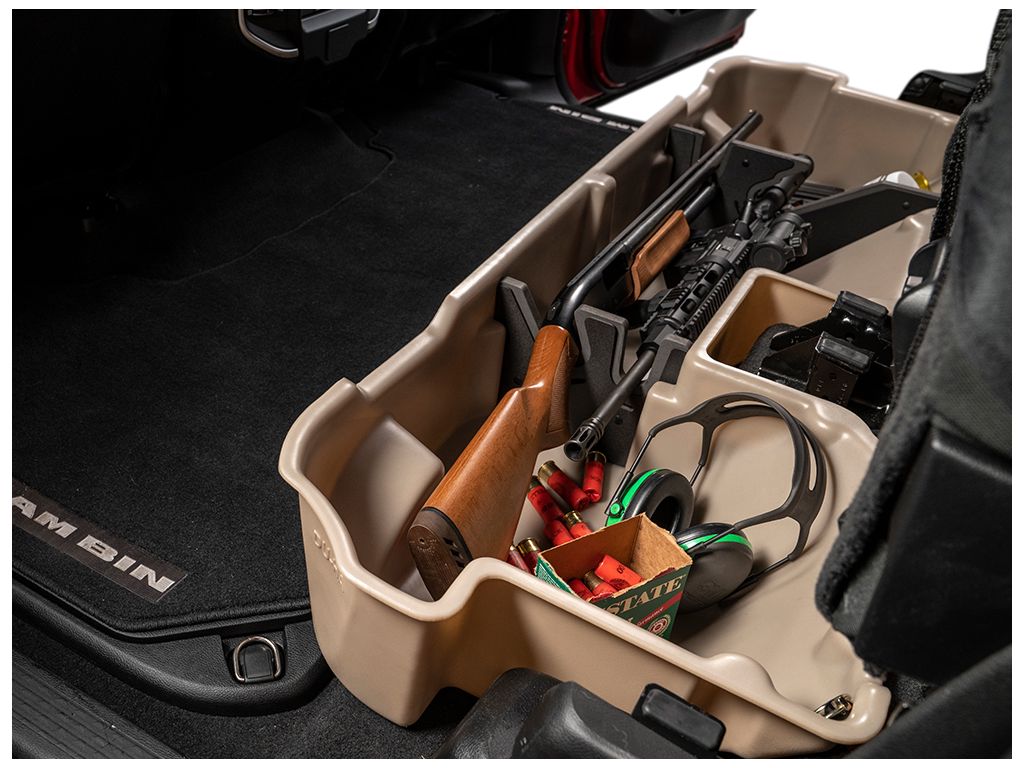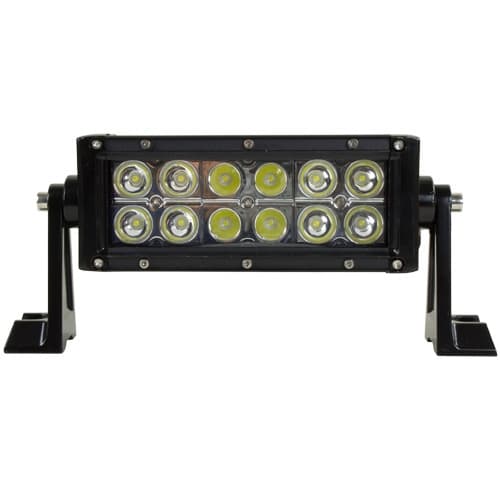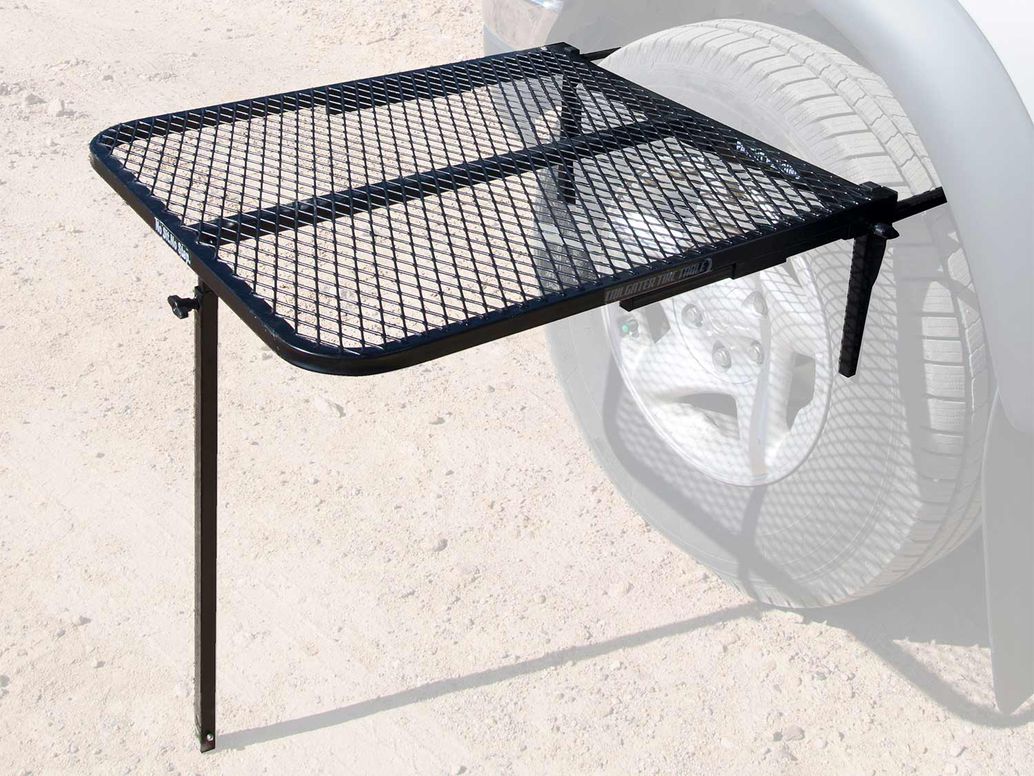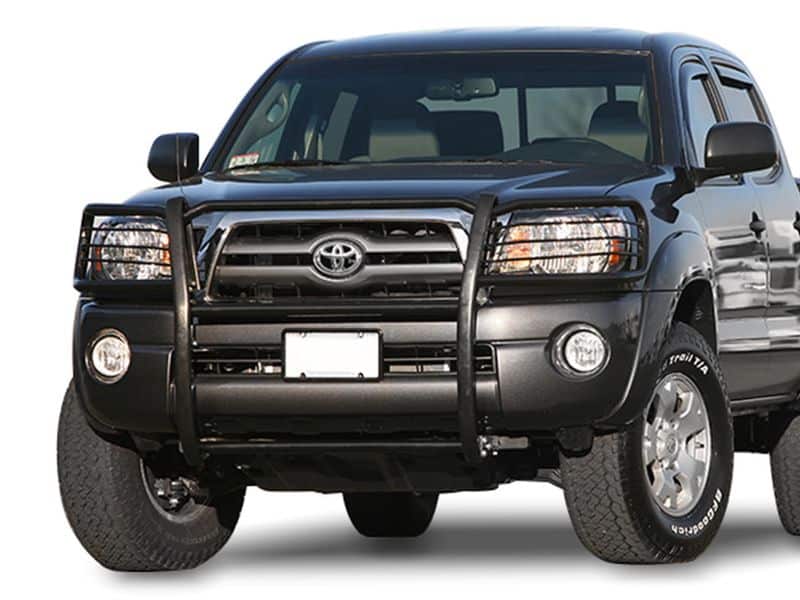Must Have Hunting Accessories for your Truck

Hunting season has finally made its return. But the question now is: is your truck ready? When it comes to getting the job done, you need to have the right tools and accessories. Heading off-road? All-day expeditions planned? From gun racks to brush guards, snag the best truck accessories for hunting season to make your (hunting) life so much easier.

Day Maker Floodlight
Unfortunately, we humans have pretty crap eyesight when it’s dark out. You can’t hit a target that you can’t see, so the right lighting equipment is essential for your hunting trips. With this 8″ LED Utility Floodlight, you won’t be left fumbling in the dark.
This handy floodlight can operate on 12v or 24v systems and provides up to 950 brilliant, effective lumens. It’s corrosion-resistant aluminum housing means that it will last season after season (after season).
Gun Rack

Because honestly, what else do you actually use that space under your seats for? This hand storage solution takes care of that age-old waste of space and provides a safe and secure place to store your guns and bows.
Tire Table

Weighing just 10 pounds, this bad boy easily attaches to your tire with a specially designed set of arms. It can hold up to 50 pounds and even has retractable legs that you can use if you need extra stability. Grab your chair, pull up a seat, and get the most out of your hunting adventures.
HD Seat Covers

Carhartt is famous for making gear that can handle all the abuse you throw at it. So, it only makes sense that investing a little change into Carhartt jackets for your seats is well worth it. You can find that custom fit you’re after because many of the major automotive brands have partnered with Carhartt to design a seat cover customized for your truck. These Carhartt seat covers will keep your seats squeaky clean, no matter what kind of hunting ick you drag into the cabin with you.
Brush Guard

A brush guard will let you focus on other things when you’re rolling around in the mud – like not getting stuck. You’ve gotta protect those precious internals (and headlights), and a brush guard has your back (er, front). The Black Horse Classic Grille Guard is one of our favorites because it’s DIY friendly with its bolt-on installation and comes in a heavy-duty black powder-coated finish.
Choosing accessories for your truck is about more than just utility – it’s about customizing your truck to make it function exactly how you need it to perform. If hunting is your thing, then you’re in luck because there are virtually endless accessory options to make your hunting life easier. It’s time for you to go snag the best truck accessories for hunting season and get your hunt on.
